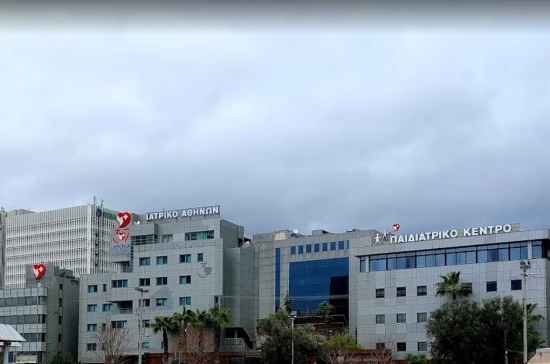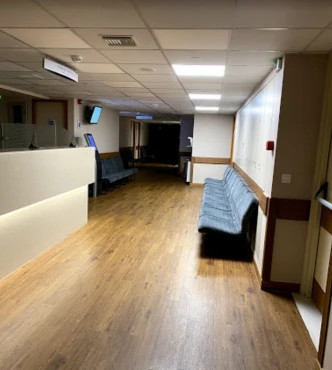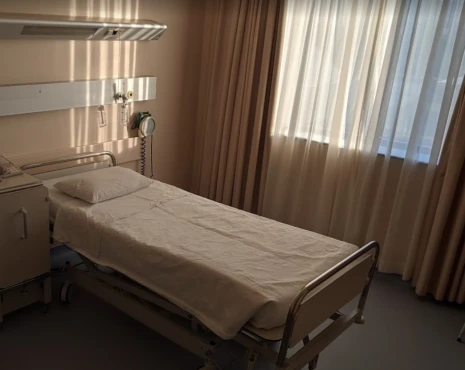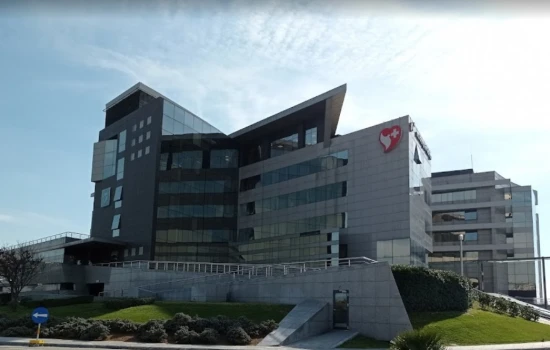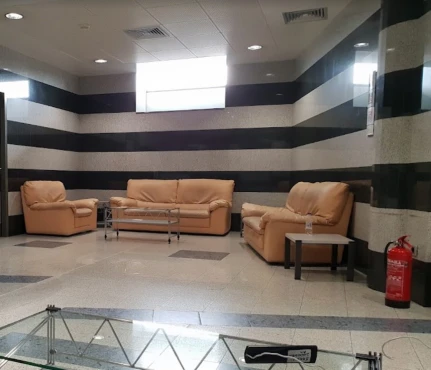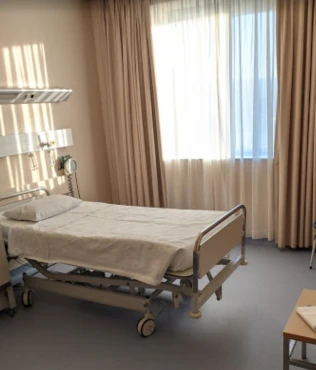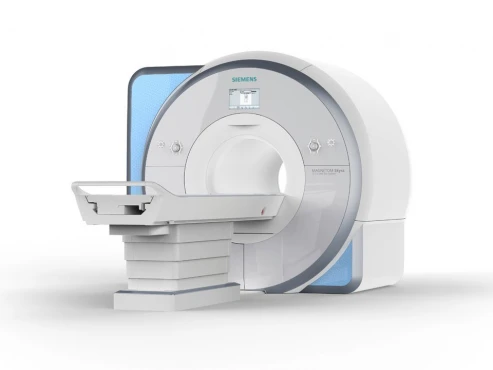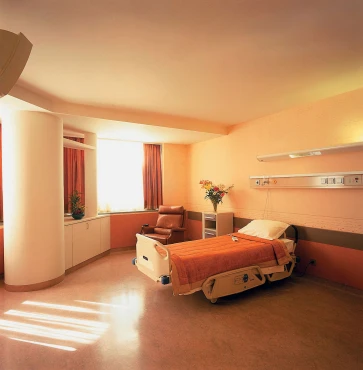Laminectomy is a surgical procedure performed to relieve pressure on the spinal cord or nerves by removing part or all of the lamina, a section of bone in the spine. It is often used to treat conditions like spinal stenosis or herniated discs, which can cause pain, weakness, or numbness. Recovery typically involves physical therapy to restore mobility and strength.
Laminectomy in 2 Spine surgery clinics in Greece
2 clinics specializing in Spine surgery providing
Laminectomy
Laminectomy is a surgical procedure performed to relieve pressure on the spinal cord or nerve roots. It involves removing a portion of the lamina, the bony arch covering the spinal canal, to alleviate symptoms caused by spinal stenosis or herniated discs
Read more...
procedure in Greece.
Athens · 1
Thessaloníki · 1
Sorted by:
Relevance
Rating
Cost of procedures
Relevance
Prices for selected procedures, total:
≈ $11,328
Prices for popular procedures:

Athens, Greece
Specializations: Cardiac surgery, Vascular surgery, Thoracic surgery, Neurosurgery, Spine surgery, Orthopedic surgery, Oncology
Languages: Arabic, English, French, German, Italian, Russian, Spanish; Castilian
Athens Medical Center offers a full range of services to patients, 24 hours a day, 365 days a year. AMC’s internationally acclaimed medical staff, assisted
read more
Prices for selected procedures, total:
≈ $11,328
Prices for popular procedures:

Thessaloníki, Greece
Specializations: Cardiac surgery, Vascular surgery, Thoracic surgery, Neurosurgery, Spine surgery, Orthopedic surgery, Oncology
Languages: English
The Inter-Balkan Medical Center of Thessaloniki is the largest and most modern private hospital in SE Europe. It was founded in 2000 and operates in
read more
1 nearby similar clinic in Greece
Perhaps you should consider 1 more clinic we have found nearby basing on your Location, Procedure filters applied.
Prices for popular procedures:

Piraeus, Greece
Specializations: Cardiac surgery, Vascular surgery, Thoracic surgery, Neurosurgery, Spine surgery, Orthopedic surgery, Oncology
Metropolitan Hospital was founded in 2001 as a part of PERSEUS Healthcare Group SA and has quickly managed to establish itself in the private healthcare
read more
Procedure price distribution in Greece
Laminectomy:
$11.3 K
This price found in Greece, Athens
$11.3 K
This price found in Greece, Athens
Minimum Average Maximum
Procedure prices in popular countries:
Laminectomy:
Turkey
$9.0 K - 9.0 K
in
32 clinics
China
$21.1 K - 21.1 K
in
9 clinics
Israel
$21.5 K - 26.5 K
in
17 clinics
Germany
$24.2 K - 24.2 K
in
43 clinics
United States
$35.0 K - 81.1 K
in
19 clinics
Countries with the highest number of clinics offering the procedures treatment:
Laminectomy:
worldwide
774 clinics
United Kingdom
57 clinics
Germany
43 clinics
India
37 clinics
Brazil
32 clinics
Turkey
32 clinics
Clinics grouping by rating
Clinic with the highest rating of 3.2 — European Interbalkan Medical Center (EIMC) in Thessaloníki, Greece, clinic with the most reviews number of 1201 — European Interbalkan Medical Center (EIMC) in Thessaloníki, Greece.
